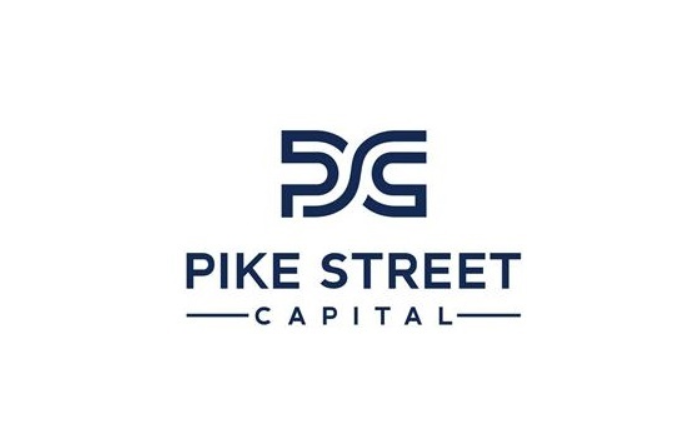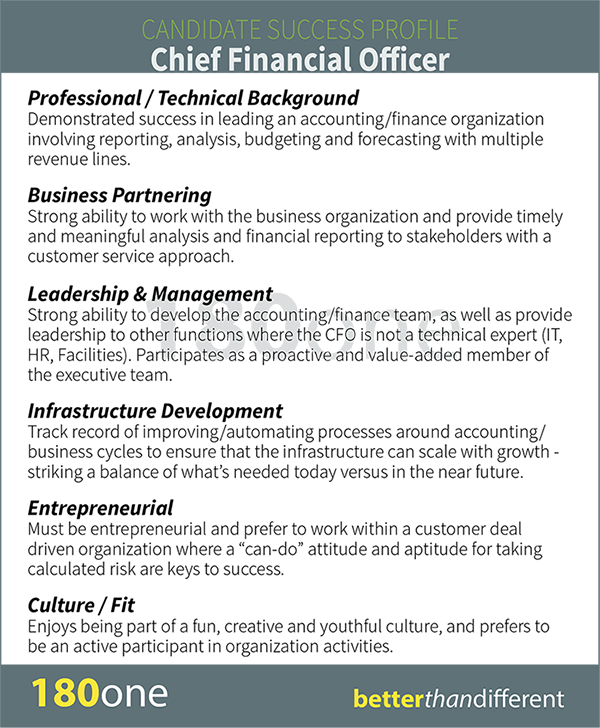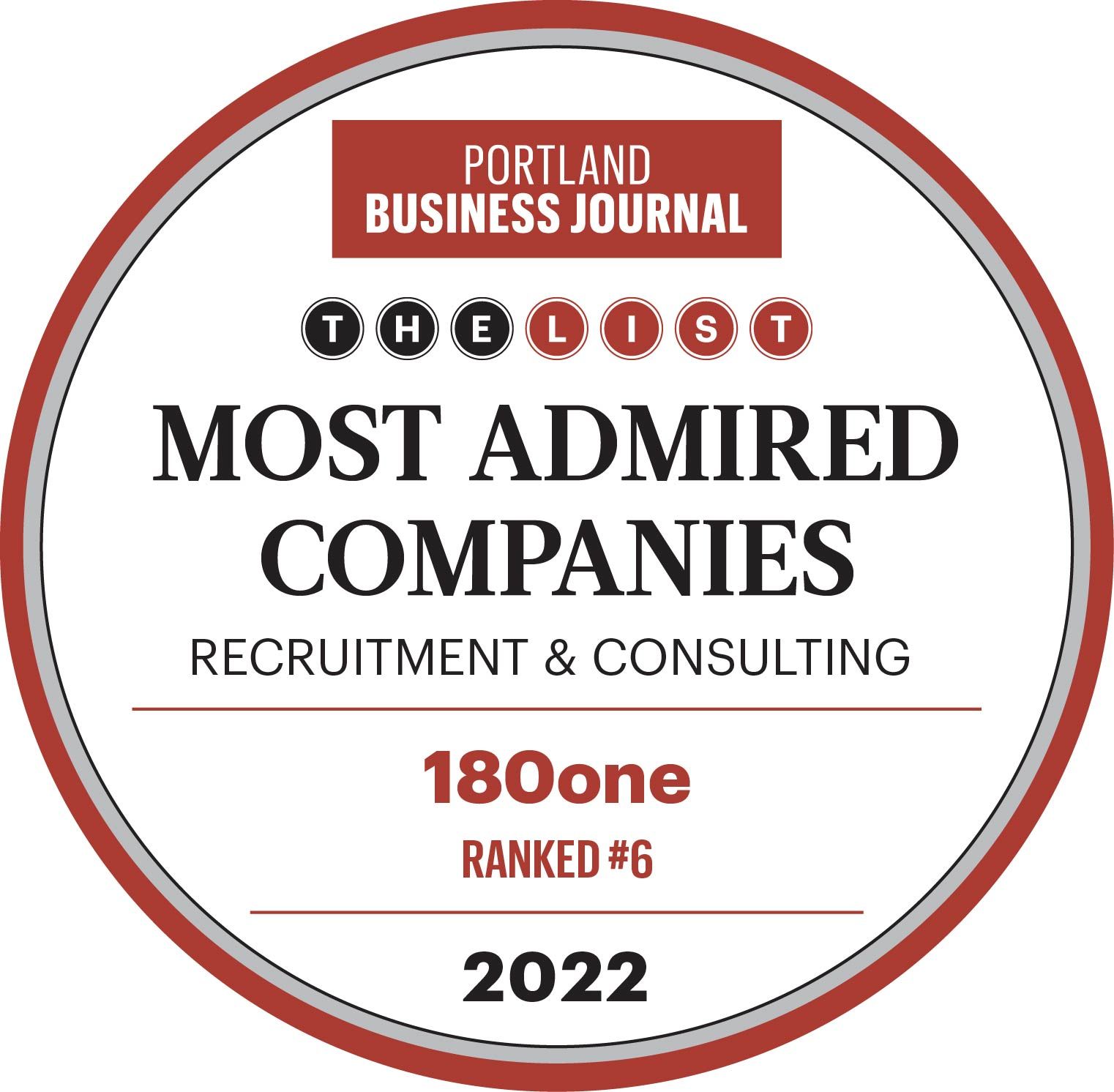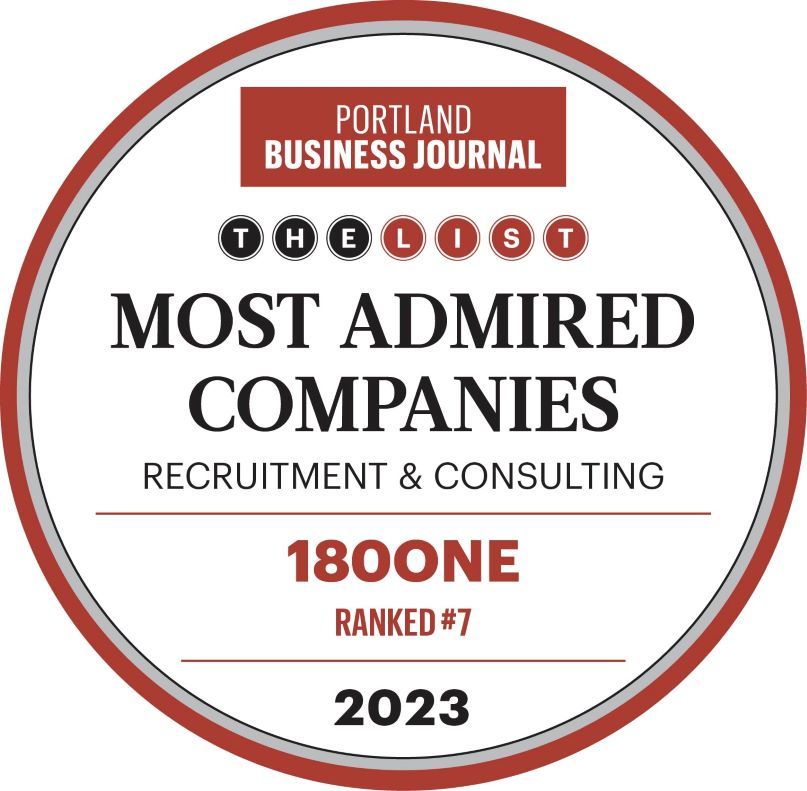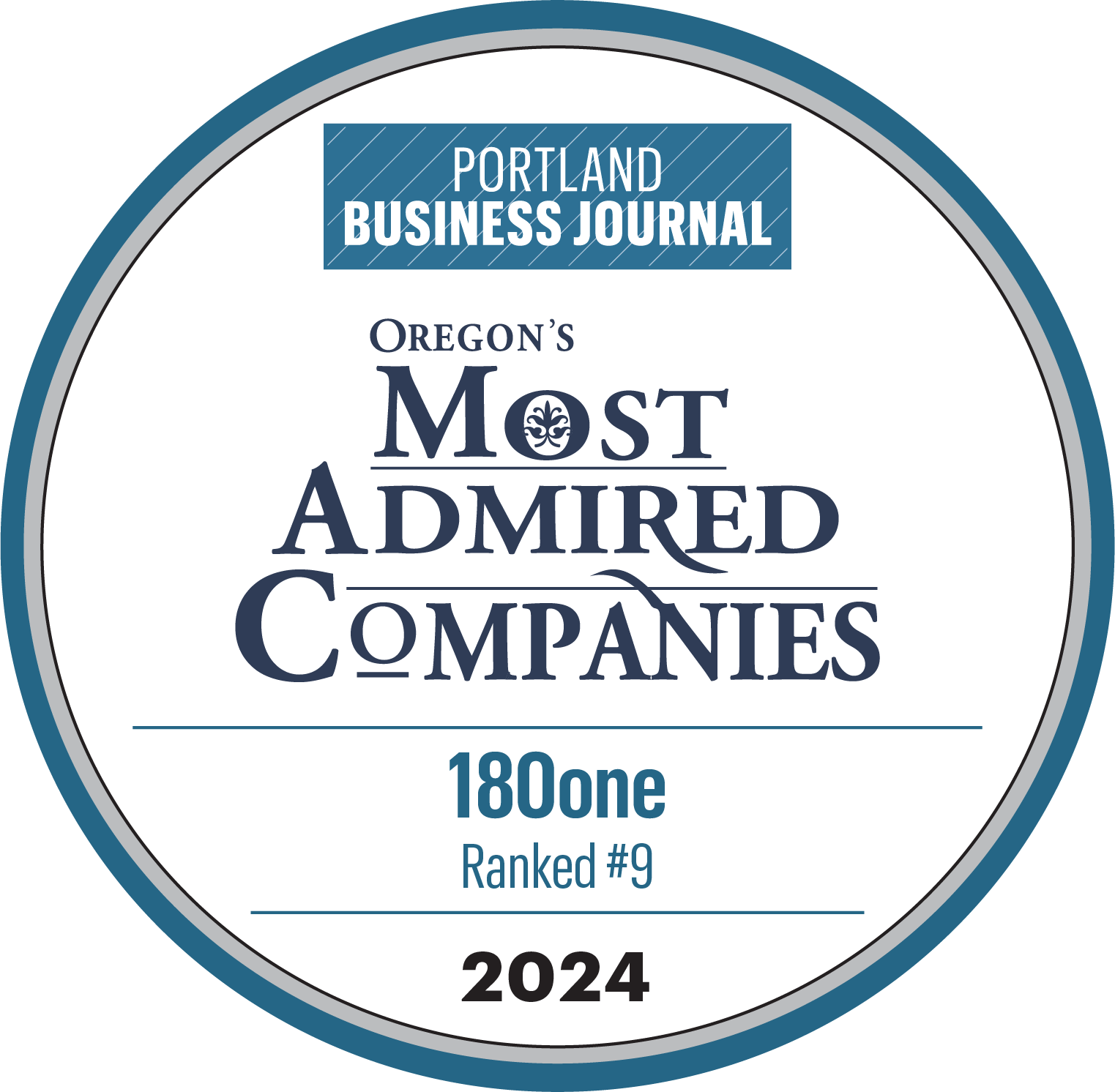Breaking Down the Recruiting Brick Wall: How to Build More Effective Hiring Practices
This article is the first in a three-part series looking at how your organization can improve its hiring processes. Like what you see? Then check out parts two and three when you finish reading this one.
How effective are your hiring strategies, really? And how can you make sure you’ll keep employees once you’ve hired them? As the economy continues to improve, businesses need to make recruiting and retaining employees a priority in order to remain competitive. But where do you start?
Today 180one kicks off a new series to help you when you’ve hit a recruiting “brick wall” and your standard practices just aren’t working anymore.
In this three-part series, we’ll give you the tools to build better hiring processes and effectively source, recruit, interview and select the right candidates for your organization.
First, let’s take a look at the market data.
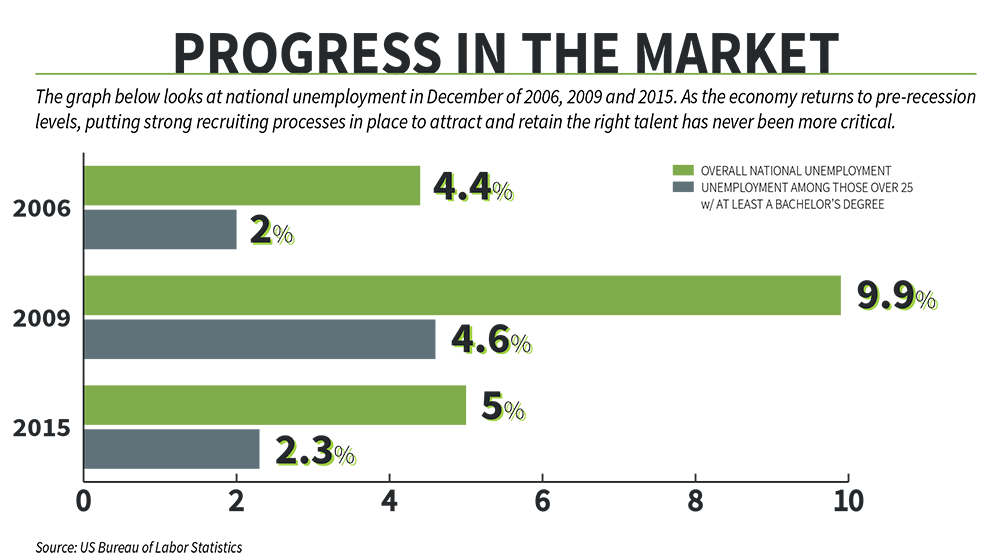
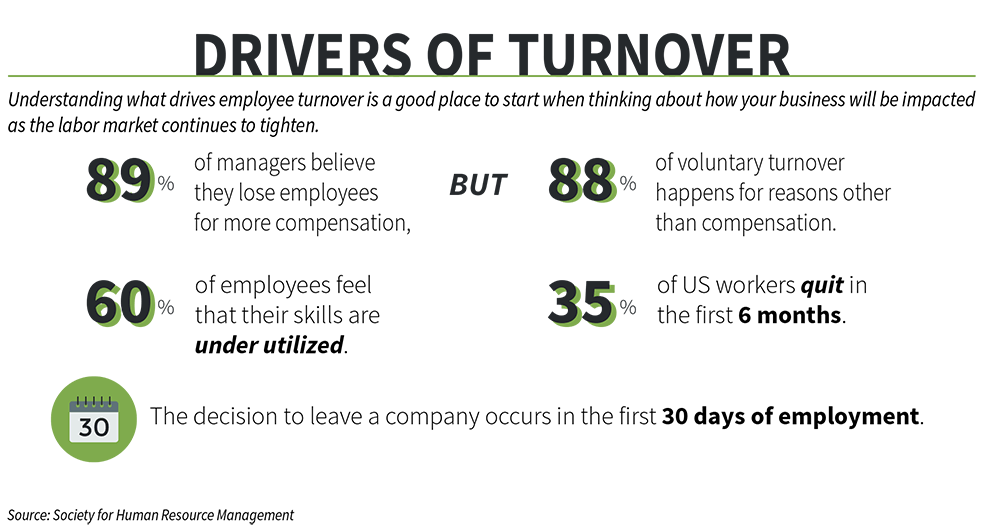
As the market continues to improve, you need the right practices in place to make sure you hire and keep the best talent for your organization, and this series will enable you to do just that.
For Post 1, we’ll show how important planning is to executing any search and provide you the tools to lay a strong foundation for your recruiting strategy.

“Give me six hours to chop down a tree, and I will spend the first four sharpening the axe.” – attributed to Abraham Lincoln
Unfortunately, most organizations head straight to job boards to post their open roles without first identifying the goals of the position and what candidates need to be successful. Taking time to “sharpen your axe” and create a specific plan for success before you start sourcing and recruiting, though, will increase the efficiency of your search and ensure that you find the best person for the position.
Crafting a well-defined job description that lists the roles, responsibilities and other “hard skills” required to get the job done each day is a standard practice that all organizations should do when kicking off a new search. However, most job descriptions don’t necessarily address the “soft skills,” such as leadership and communication style, needed to succeed in the role and at the organization.
To make sure you identify candidates with both the “hard” and “soft” skills needed, take time at the beginning of the search to create a Candidate Success Profile.
This document will serve as a guide throughout the search that enables you to assess all of the candidates’ skills and determine their potential for success within your organization.

Let’s look at an example of what this process might look like for your company.
Your organization is resistant to change (obstacle), so you need a candidate who not only has an understanding of your industry’s best practices (hard skill) but also has the ability to come into an organization as an outsider and earn buy-in from other employees to implement those practices (soft skill). Will the successful candidate need to listen and build relationships first? Or will the right candidate need to flex a heavy hand and enforce new policies and procedures immediately?
Different organizations require different leadership styles, so defining success and building your Success Profile at the beginning of your search will help you find the right fit for your organization’s needs.
Sample Success Profile
Need help setting up your Success Profile document? Below is a sample of a simple profile to get you started. Remember that you can expand or minimize your profile depending on the scope of the role. Just make sure to focus on the key areas this person will need to be successful.
In the Next Post…
Now that you’ve identified the profile of the ideal candidate for your open position, it’s time to go out to the market and find the professionals who meet that description. Head over to Post 2 of our series to explore how to source and recruit the right candidates for your organization. Then read Post 3 to learn how to use your assessment tools to make the best hire possible.
